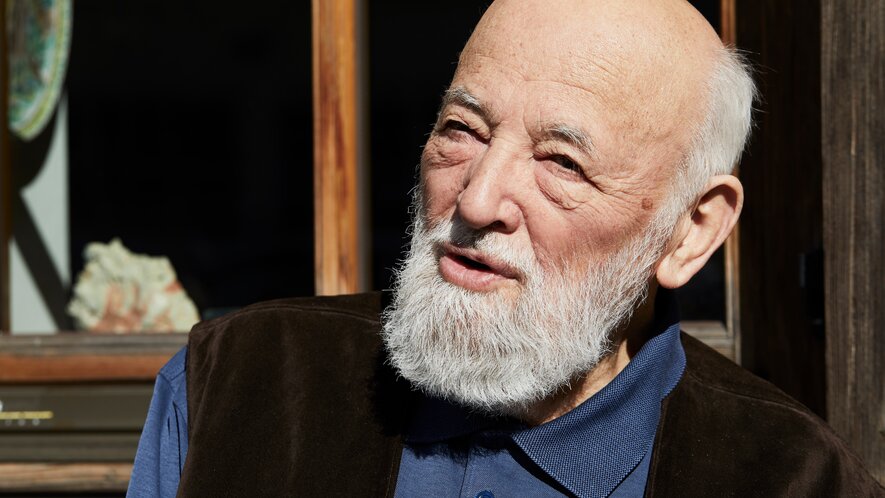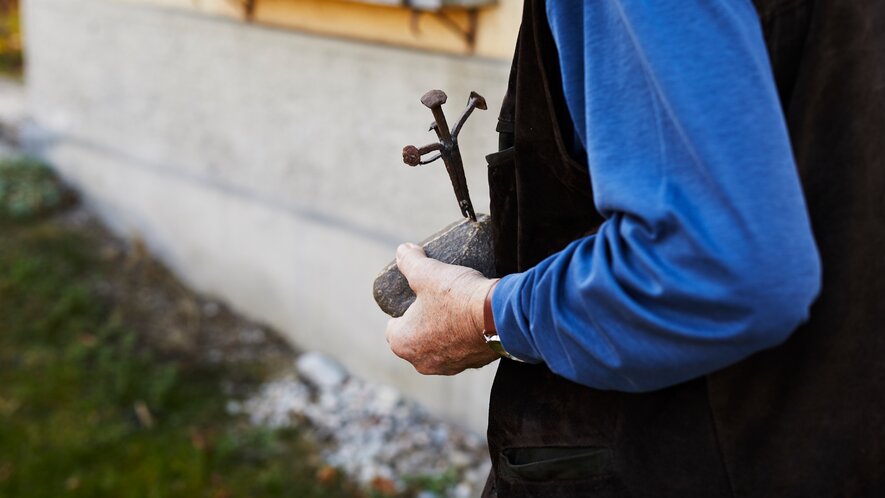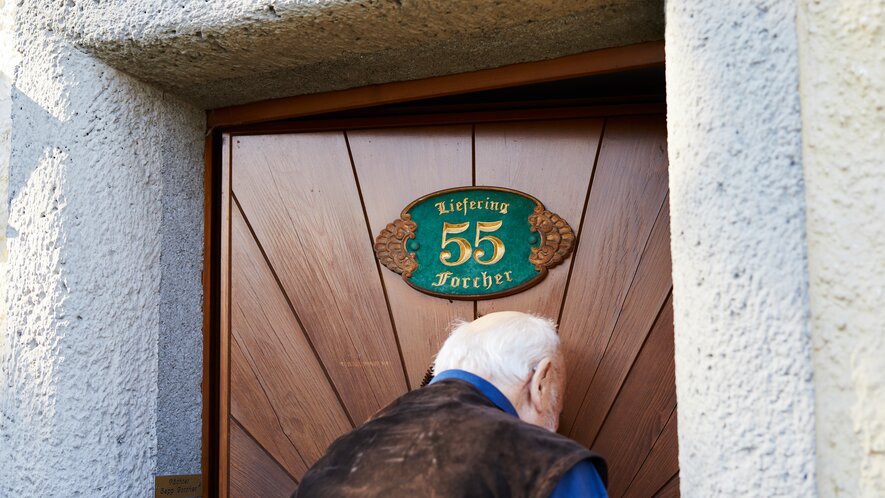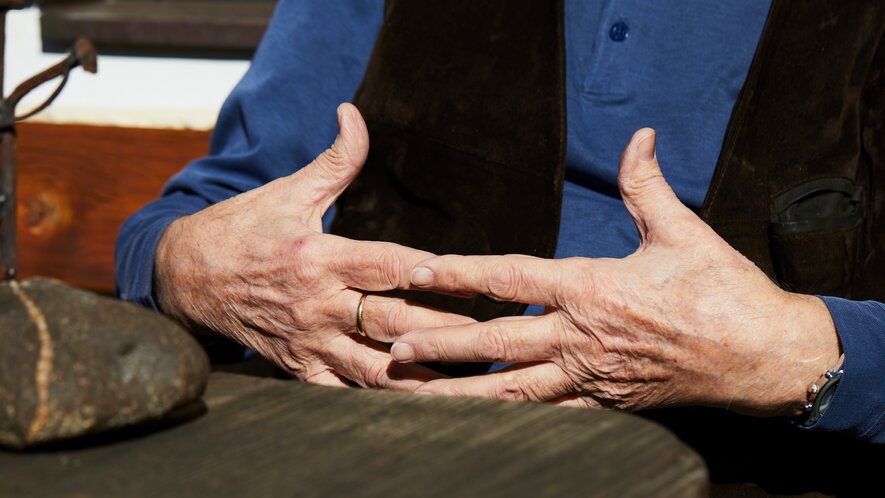Interview: Gothic love
The first time Sepp Forcher came to Leogang was in the 1950s, to search for minerals in the Daniel tunnel. This was not explicitely prohibited, however it was not really legal as well. Years later, he got to know Hermann Mayrhofer and the Mining and Gothic Museum in Leogang. Since then they are both united through the love to the Gothic.
When did you come to Leogang for the first time?
I came to Leogang in the 1950s, because I was really interessted in minerals at that time. That's the reason why I went down into the Daniel tunnel to collect some minerals on my own. At that time this wasn't explicitely prohibited. Eventhough it was not really illegal, it was definitely not seen as a very good act. However, collectors of minerals did it anyways. It was a very different time.
Did you get to know Hermann Mayrhofer from the Mining and Gothic Museum at this time?
When the tunnel was changed into a show mine, I got to know Hermann. From the very beginning, I noticed his enthusiasm for mining and gothic, eventhough he did not show it all the time. However, his enthusiasm had a positiv effect on the people around him and many of them were impressed and also enthusiastic.
Have you also been impressed by the museum from the very beginning?
I liked it very much and mining has always been an interessting topic for me. However, when the topic gothic also became part of the museum, I was really impressed. Hermann once called me and said that he had a gothic altar with old pictures from miners on it for the small chapel in Leogang. Of course I needed to visit him and show the altar in my TV show.
The love to gothic unites you both. From where does it come from?
I have always liked the gothic style, even when I was a small child. When you grow up with all these works from popular artists, it leaves its markes on you. Then sometimes I decided that I could not concern myself with everything - and therefore I wanted to specialize myself on the late gothic in the southern German region. But that was nonsense. You find the late gothic all over Europe, from Sicily to Trondheim. Precisely said it is a worldwide from of art.
You are an enthusiastic collector yourself. What's the reason behind it?
I always collected minerals just for myself and just because I liked to do it. But now, as I grow old, I am happy when I see that my collection was not just for fun. There are people out there who are really interessted in it and who tell stories about my collection. Eventhough not all of my pieces, which are in my collection, have a thrilling story, they are all beautiful and their story is worth telling. Such a mineral has always be something real, which the people can see and understand.
Do you have an example?
A friend of mine sent me this stone from the Tagliamento with nails of a ruin of a castle in Carinthia. A smith formed it to a cross. When you look at the stone, you can see the danger of a river in it, which played an essential role in the first World War, because it caused terrible floods from time to time. Moreover, the smith took the old nails - which were from the beams or the drawbrigde of the old ruins - and created something new out of them. This is a story which is very understandable for the people and they can easily retrace it.
People who do not know a lot about mining and gothic cannot easily understand how the topices are connected with each other. Can you explain how the two matters are matched with each other?
Cultural intensive phases are often accompanied with a certain prosperity. In Salzburg this financial prosperity was the result of the mining of diffent materials: gold, salt etc. A friend of mine once said that Salzburg was rich in poor ores. That's the reason why the people all over the country drilled holes into the mountains and looked inside if there was something special. In Leogang the minung was especially productive and therefore many work of arts were created in the gothic epoch in the region.
What do you think, which role does the Mining and Gothic Museum play in Leogang?
I think that the museum is not only important for the region, but it is a good example for the whole of Austria. Of course, you have to take into consideration that the museum does not attract masses of tourists, but that it is a cultural heritage. Furthermore, Hermann managed to convince even the locals that the museum is of great importance and everyone knows that the locals are the most critical visitors.
So you could say that the museum is an attraction for the region. What else makes Leogang unique?
I really like the old restaurants and taverns with their beautiful vaults and the interessting stories they tell. And of course the massif Leoganger Steinberge - on the one handside they are so massive and impressive and on the other handside they seem to be so far away that they do not seem very dangerous and fortunately there are no avalanches which come down to the valley. That's the reason why Leogang is always worth a visit.
Sepp Forcher was moderator of the ORF-programme "Klingendes Österreich" of many years standing, in which he presents customs and flok music. Moreover, Forcher worked many years as the host of a mountain hut and he belonged to the experts for the Austrian folk culture. He died on December 19, 2021 in Salzburg.
Pictures: Florian Lechner









